Vauxhall Astra vs VW ID.3 – Performance, range & efficiency compared
Everyday use, family trips or long-distance drives – here’s where the differences show.
Discover whether Vauxhall Astra or VW ID.3 fits your lifestyle better.
Here’s where it gets real: The technical differences in detail
Costs and Efficiency: Price and efficiency are key factors when choosing a car – and this is often where the real differences emerge.
Vauxhall Astra has a to a small extent advantage in terms of price – it starts at 25200 £, while the VW ID.3 costs 28600 £. That’s a price difference of around 3377 £.
In terms of energy consumption, the advantage goes to the VW ID.3: with 14.50 kWh per 100 km, it’s minimal more efficient than the Vauxhall Astra with 15.40 kWh. That’s a difference of about 0.90 kWh.
As for range, the VW ID.3 performs clearly perceptible better – achieving up to 605 km, about 186 km more than the Vauxhall Astra.
Engine and Performance: Under the bonnet, it becomes clear which model is tuned for sportiness and which one takes the lead when you hit the accelerator.
When it comes to engine power, the VW ID.3 has a clearly perceptible edge – offering 326 HP compared to 225 HP. That’s roughly 101 HP more horsepower.
In acceleration from 0 to 100 km/h, the VW ID.3 is evident quicker – completing the sprint in 5.70 s, while the Vauxhall Astra takes 7.50 s. That’s about 1.80 s faster.
In terms of top speed, the Vauxhall Astra performs slightly better – reaching 235 km/h, while the VW ID.3 tops out at 200 km/h. The difference is around 35 km/h.
There’s also a difference in torque: the VW ID.3 pulls noticeable stronger with 545 Nm compared to 360 Nm. That’s about 185 Nm difference.
Space and Everyday Use: Whether family car or daily driver – which one offers more room, flexibility and comfort?
Both vehicles offer seating for 5 people.
In curb weight, the Vauxhall Astra is distinct lighter – 1341 kg compared to 1787 kg. The difference is around 446 kg.
In terms of boot space, the Vauxhall Astra offers barely noticeable more room – 422 L compared to 385 L. That’s a difference of about 37 L.
In maximum load capacity, the Vauxhall Astra performs minimal better – up to 1339 L, which is about 72 L more than the VW ID.3.
When it comes to payload, Vauxhall Astra barely noticeable takes the win – 509 kg compared to 473 kg. That’s a difference of about 36 kg.
Our conclusion: The VW ID.3 proves to be is largely superior and thus becomes our DriveDuel Champion!
Overall, VW ID.3 is the better all-rounder in this comparison.
Vauxhall Astra
The Opel Astra exudes a sleek and modern design, making it a standout choice in the compact car segment. Its interior is thoughtfully crafted, providing both comfort and cutting-edge technology for an enhanced driving experience. The vehicle is also celebrated for its efficient performance, adeptly balancing power with fuel economy to suit urban and long-distance journeys alike.
details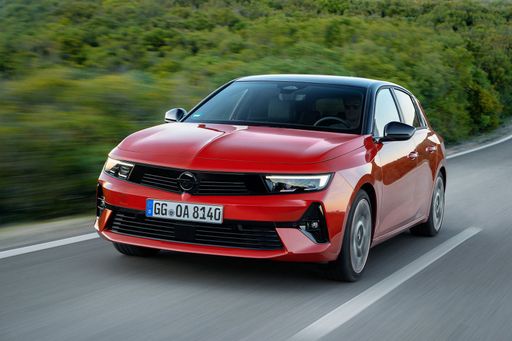 @ www.media.stellantis.com
@ www.media.stellantis.com
 @ www.media.stellantis.com
@ www.media.stellantis.com
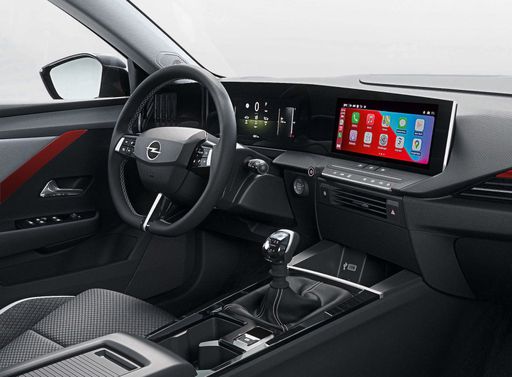 @ www.media.stellantis.com
@ www.media.stellantis.com
VW ID.3
The VW ID.3 represents Volkswagen's entry into the world of electric vehicles, offering a modern design that combines functionality with sustainability. Inside, you'll find a spacious and tech-forward interior, providing a comfortable driving experience while maintaining a focus on environmentally friendly materials. The ID.3's performance delivers a smooth and responsive feel on the road, making it a strong contender in the growing electric car market.
details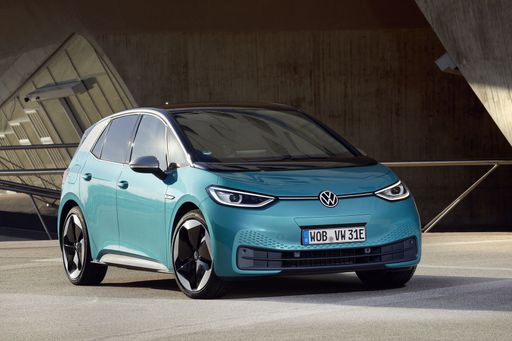 @ Volkswagen
@ Volkswagen
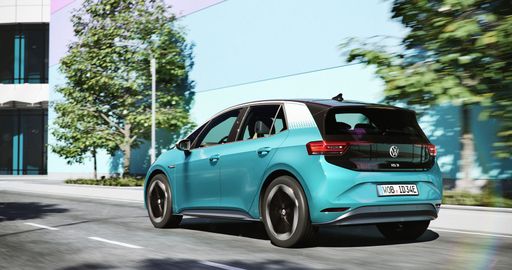 @ Volkswagen
@ Volkswagen
 @ Volkswagen
@ Volkswagen
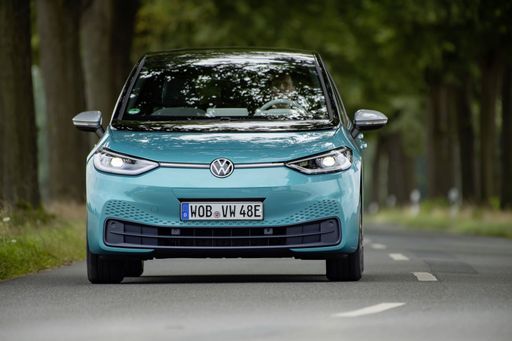 @ Volkswagen
@ Volkswagen
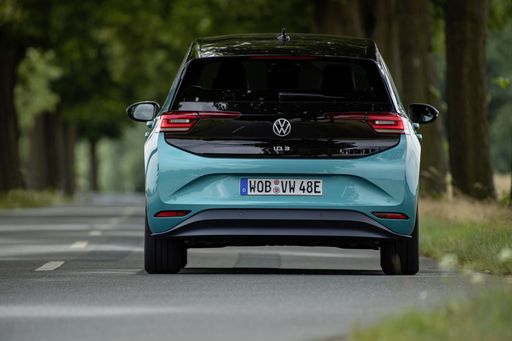 @ Volkswagen
@ Volkswagen
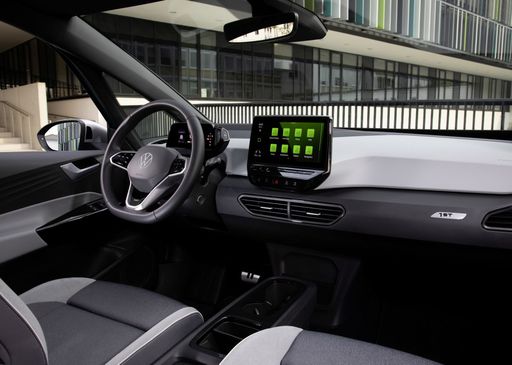 @ Volkswagen
@ Volkswagen
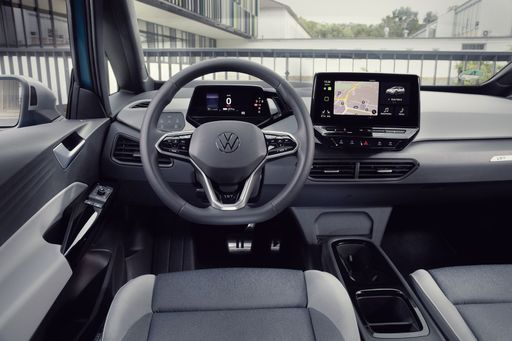 @ Volkswagen
@ Volkswagen

|

|
|
|
|
Costs and Consumption |
|
|---|---|
|
Price
25200 - 40500 £
|
Price
28600 - 49300 £
|
|
Consumption L/100km
2.2 - 6 L
|
Consumption L/100km
-
|
|
Consumption kWh/100km
15.40 kWh
|
Consumption kWh/100km
14.5 - 15.8 kWh
|
|
Electric Range
82 - 419 km
|
Electric Range
383 - 605 km
|
|
Battery Capacity
51 kWh
|
Battery Capacity
52 - 79 kWh
|
|
co2
0 - 135 g/km
|
co2
0 g/km
|
|
Fuel tank capacity
42 - 52 L
|
Fuel tank capacity
-
|
Dimensions and Body |
|
|---|---|
|
Body Type
Hatchback
|
Body Type
Hatchback
|
|
Seats
5
|
Seats
5
|
|
Doors
5
|
Doors
5
|
|
Curb weight
1341 - 1736 kg
|
Curb weight
1787 - 1993 kg
|
|
Trunk capacity
352 - 422 L
|
Trunk capacity
385 L
|
|
Length
4374 mm
|
Length
4264 mm
|
|
Width
1860 mm
|
Width
1809 mm
|
|
Height
1432 - 1488 mm
|
Height
1564 mm
|
|
Max trunk capacity
1268 - 1339 L
|
Max trunk capacity
1267 L
|
|
Payload
414 - 509 kg
|
Payload
437 - 473 kg
|
Engine and Performance |
|
|---|---|
|
Engine Type
Petrol, Diesel, Electric, Petrol MHEV, Plugin Hybrid
|
Engine Type
Electric
|
|
Transmission
Manuel, Automatic
|
Transmission
Automatic
|
|
Transmission Detail
Manual Gearbox, Automatic Gearbox, Reduction Gearbox, Dual-Clutch Automatic
|
Transmission Detail
Reduction Gearbox
|
|
Drive Type
Front-Wheel Drive
|
Drive Type
Rear-Wheel Drive
|
|
Power HP
130 - 225 HP
|
Power HP
170 - 326 HP
|
|
Acceleration 0-100km/h
7.5 - 10.6 s
|
Acceleration 0-100km/h
5.7 - 8.2 s
|
|
Max Speed
170 - 235 km/h
|
Max Speed
160 - 200 km/h
|
|
Torque
230 - 360 Nm
|
Torque
310 - 545 Nm
|
|
Number of Cylinders
3 - 4
|
Number of Cylinders
-
|
|
Power kW
96 - 165 kW
|
Power kW
125 - 240 kW
|
|
Engine capacity
1199 - 1598 cm3
|
Engine capacity
-
|
General |
|
|---|---|
|
Model Year
2023 - 2025
|
Model Year
2024 - 2025
|
|
CO2 Efficiency Class
D, A, C, B
|
CO2 Efficiency Class
A
|
|
Brand
Vauxhall
|
Brand
VW
|
What drive types are available for the Vauxhall Astra?
Available configurations include Front-Wheel Drive.
The prices and data displayed are estimates based on German list prices and may vary by country. This information is not legally binding.
